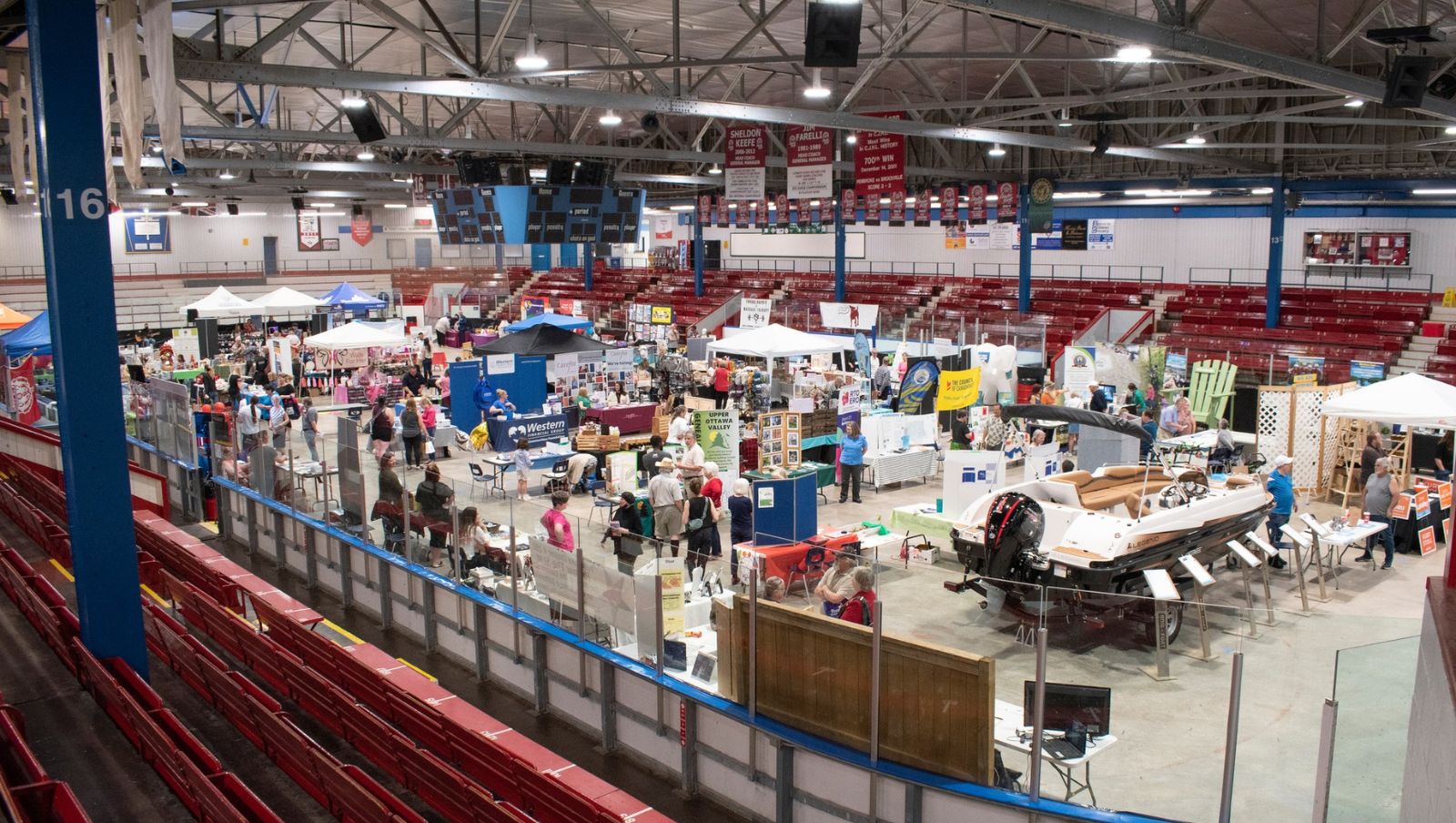Pembroke News and Notices
Loading News Feed...
Upcoming Events
Loading Calendar Feed...

Visit Pembroke
Discover the stunning beauty of the Ottawa Valley!
Nestled on the shores of the mighty Ottawa River, Pembroke boasts a blend of urban and rural to provide a truly unique experience. With all the accommodations, dining, and services you need and quick access to one-of-a-kind experiences across the Ottawa Valley, see why you need to make Pembroke your next vacation spot.


.jpg)

.jpg)